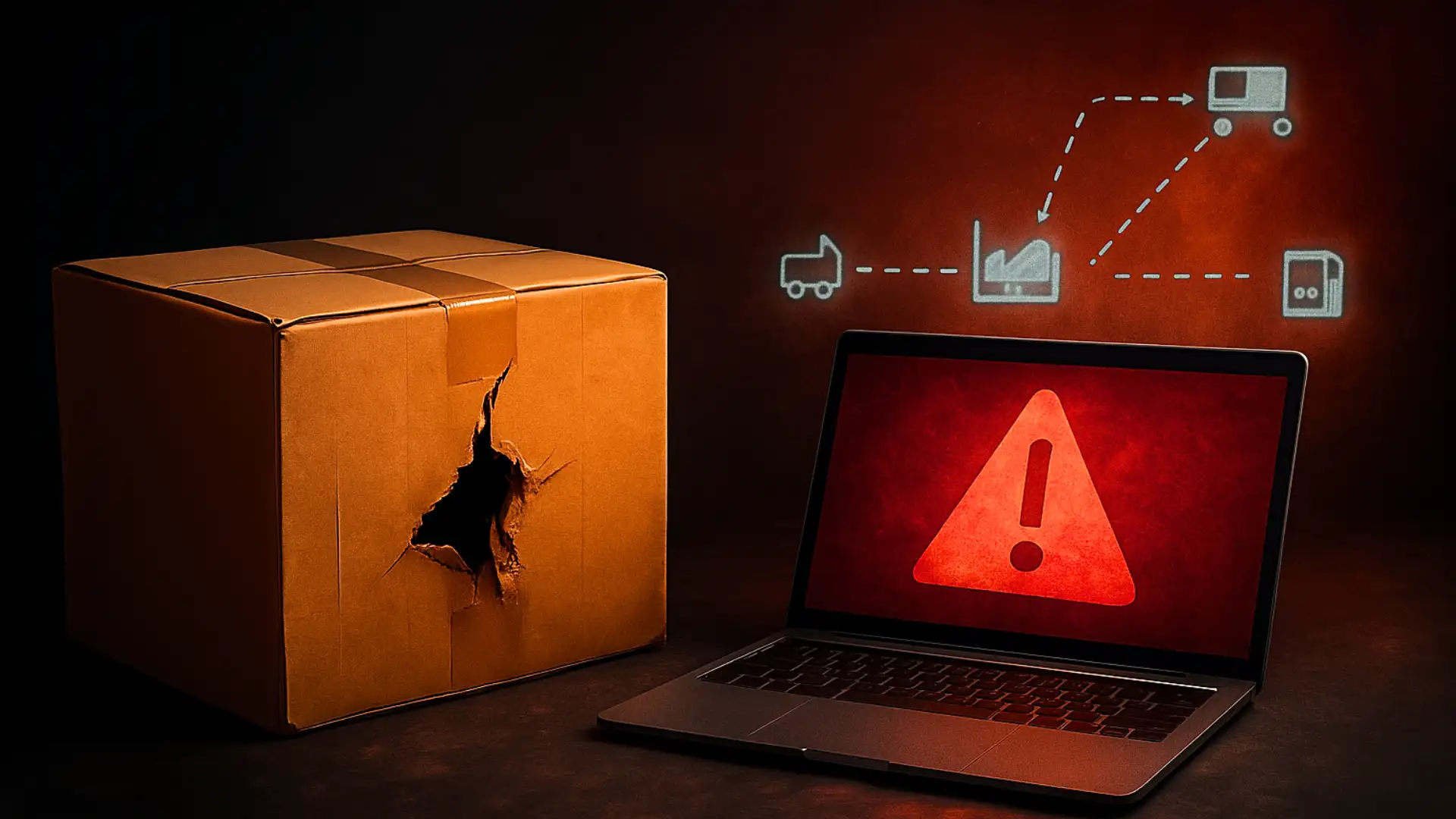In a sobering reminder of modern businesses’ evolving threat landscape, Harrods, the iconic London-based luxury department store, has confirmed it was recently targeted in a cyberattack. This makes Harrods the third major UK retailer—after Marks & Spencer and Co-op—to fall victim to cyber threats in weeks, prompting new concerns about the security posture of even the most established retail giants.
A High-Profile Target
Harrods, renowned worldwide for its opulent storefront, exclusive brands, and celebrity clientele, announced on Thursday that it had detected unauthorized attempts to access its systems. While the scale and motive of the attack have not been publicly confirmed, the Qatar-owned retailer was forced to restrict internet access across its physical locations as a precaution.
The company stated:
“Our seasoned IT security team immediately took proactive steps to keep systems safe, and as a result, we have restricted internet access at our sites today.”

Despite the incident, Harrods assured customers that payment data had not been compromised and that its flagship Knightsbridge store, H beauty stores, airport locations, and online platform remained open and operational.
A Pattern of Attacks
This attack on Harrods follows cyber incidents at Marks & Spencer (M&S) and the Co-op Group, all within two weeks. The similarities in timing and target profile—major British retailers with large customer bases and complex IT systems—have raised speculation about whether the breaches are linked or the result of a common vulnerability in retail supply chains.
M&S appears to have suffered the most significant impact, with online orders suspended, empty shelves reported, and speculation about a ransomware attack carried out by the hacking group “DragonForce.” In contrast, the Co-op has confirmed attempts to breach its IT infrastructure but has not revealed specifics. Measures taken include shutting down parts of its network and requiring employee identity verification during remote meetings, suggesting fears of internal system compromise.
Cybersecurity Experts Sound the Alarm

The National Cyber Security Centre (NCSC) has stepped in to support all three companies, emphasizing the urgency of improving cyber resilience in the UK’s retail sector. Richard Horne, the NCC’s Chief Executive, remarked:
“This string of attacks should be a wake-up call to the wider industry. We’re working closely with affected companies to understand the nature of the threats and help prevent further incidents.”
Industry professionals also echoed the concern. Cody Barrow, former cyber chief at the U.S. NSA and now CEO of cybersecurity firm EclecticIQ, pointed to the retail sector’s growing digital footprint as a double-edged sword:
“Retailers are prime targets—handling large volumes of consumer data and operating infrastructure that, when disrupted, results in high-impact downtime. For consumers, vigilance is key: update passwords, monitor account activity, and beware of phishing scams following these breaches.”
Retailers Face Rising Cyber Risks
Retail has become a high-stakes battlefield in cybersecurity. The industry’s reliance on complex e-commerce platforms, point-of-sale systems, supply chain networks, and third-party vendors creates a sprawling attack surface. Add millions of customer data points—email addresses, credit card numbers, loyalty program details—and you have an attractive target for cybercriminals.
Toby Lewis, Head of Threat Analysis at Darktrace, noted that the spate of attacks may not be isolated:
“There are two plausible theories: either a shared supplier or technology used by all three retailers has been compromised, or the initial attack on M&S triggered proactive checks at Harrods and Co-op, revealing similar vulnerabilities. Either way, it underscores the growing difficulty in managing supply chain risks.”
The Threat of Ransomware

While Harrods hasn’t confirmed the type of attack it experienced, ransomware has become a favored tactic for cybercriminals. In such attacks, malicious software infiltrates a network and encrypts files, holding them hostage until a ransom—often in cryptocurrency—is paid.
M&S is suspected of having fallen victim to “Scattered Spider,” a notorious ransomware gang known for targeting corporate infrastructure with sophisticated social engineering and phishing campaigns. The Metropolitan Police Cyber Crime Unit and the National Crime Agency (NCA) are investigating the M&S incident.
Ransomware can cause millions in damages, not just through operational shutdowns but also legal liabilities, reputational harm, and the cost of recovery.
The Cost of Complacency
The attacks on these British retailers are part of a larger trend affecting global businesses. According to IBM’s Cost of a Data Breach Report, the average cost of a cyberattack in retail has risen to over $3.2 million, including lost sales, legal fees, customer churn, and system recovery.
The stakes are even higher for luxury brands like Harrods, where reputation is a vital part of the business. A single breach can undermine years of customer trust and loyalty.
Securing the Future
The incidents at Harrods, M&S, and Co-op are an urgent reminder that cybersecurity is not just a technical issue—it’s a business imperative. Retailers must prioritize:
- Offensive security strategies (e.g., red teaming, penetration testing)
- Continuous vulnerability assessments
- Robust supply chain audits
- Zero-trust security models
- Cybersecurity awareness training for all staff
Government bodies like the NCSC play a crucial role, but the ultimate responsibility lies with the organizations. As Liam Byrne, Chair of the UK Parliament’s Business and Trade Committee, urged in a letter to M&S:
“We must ensure that businesses adhere to national cybersecurity standards and act urgently to protect customer data and national infrastructure.”
Consumer Advice
In the wake of these incidents, consumers are advised to take basic precautionary steps:
- Change passwords—especially if you’ve shopped at affected retailers.
- Use two-factor authentication on all accounts.
- Monitor bank statements and online activity for suspicious behavior.
- Beware of phishing scams that reference Harrods, M&S, or Co-op.
Cybercriminals often exploit the publicity around breaches to send out fake alerts, prompting users to “reset” credentials on spoofed websites.
Final Thoughts
The cyberattack on Harrods, following closely on the heels of breaches at Marks & Spencer and Co-op, marks a critical moment for UK retailers. These incidents expose system vulnerabilities and broader gaps in risk management, supply chain security, and public awareness.
As hackers become more sophisticated and persistent, even the most prestigious brands must shift from reactive to proactive cybersecurity. In this digital age, the question is no longer if an attack will happen—but when. How Harrods and other retail giants respond now may define how well they retain trust in the years ahead.



